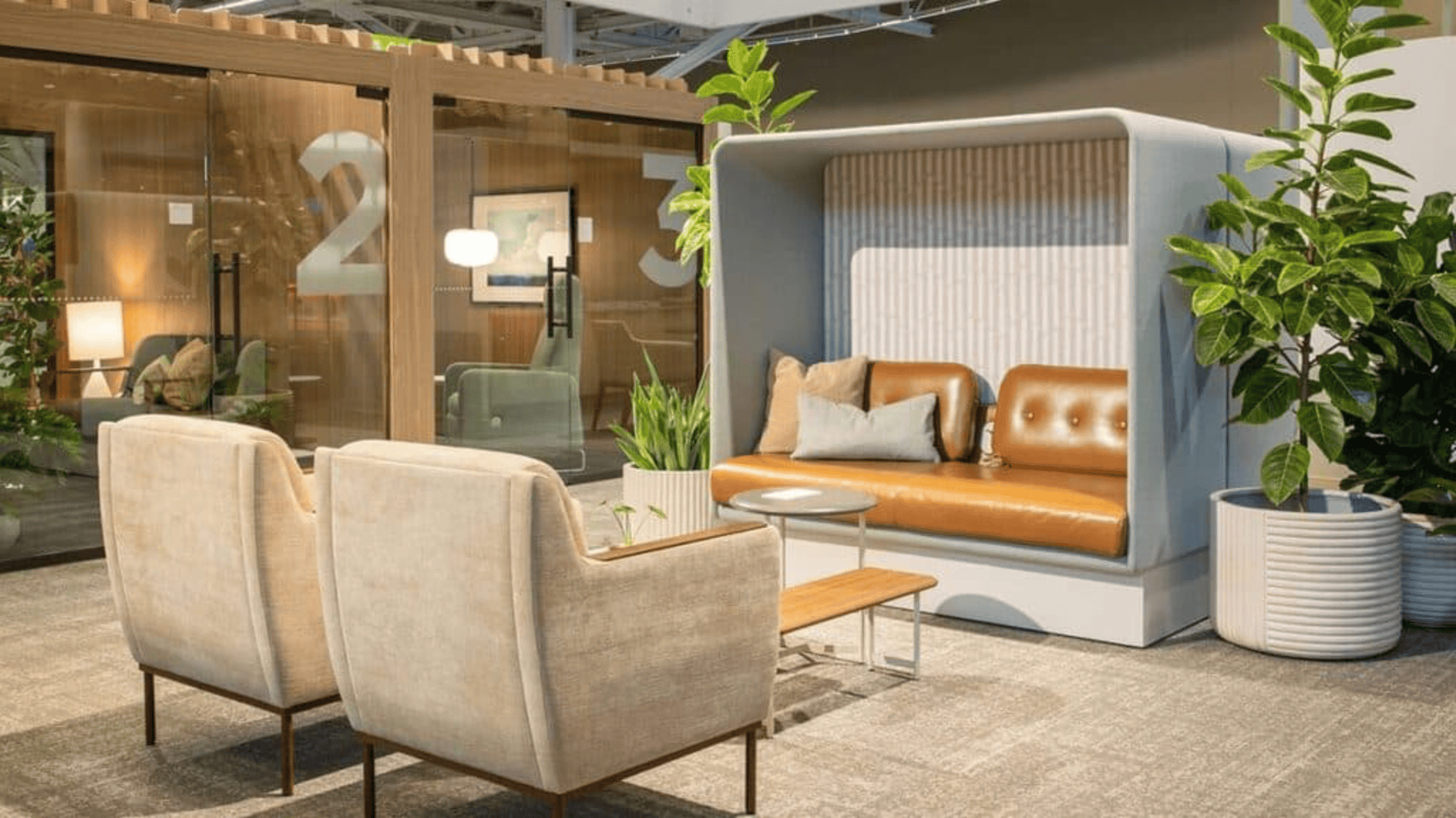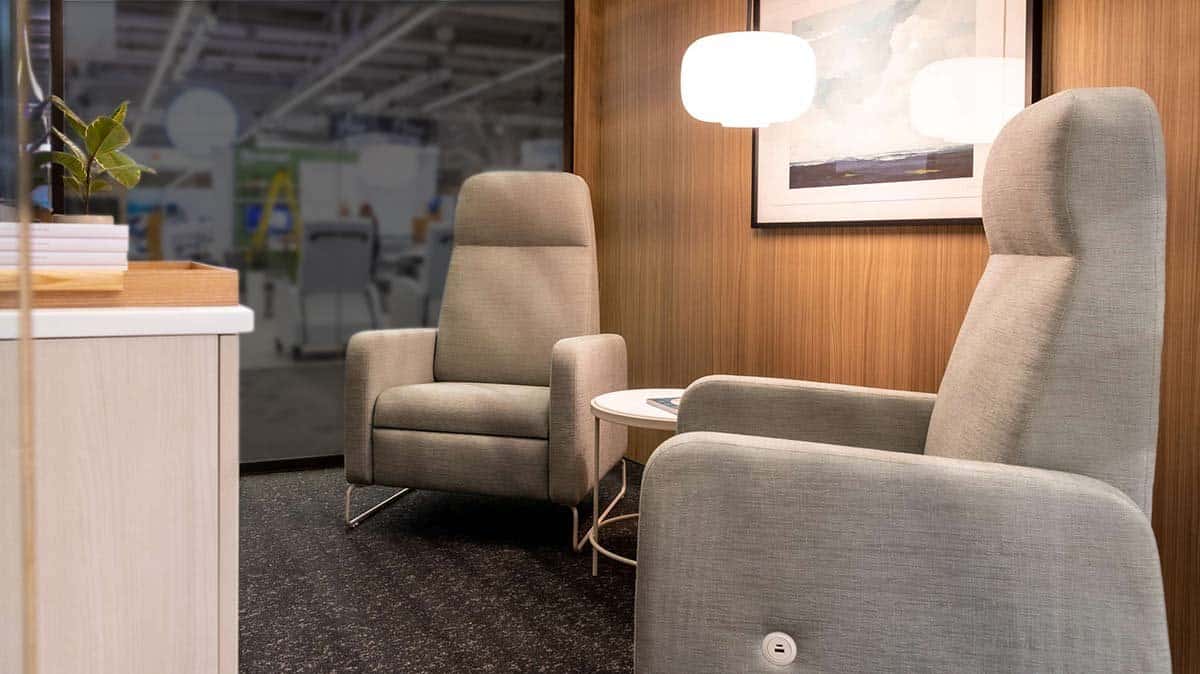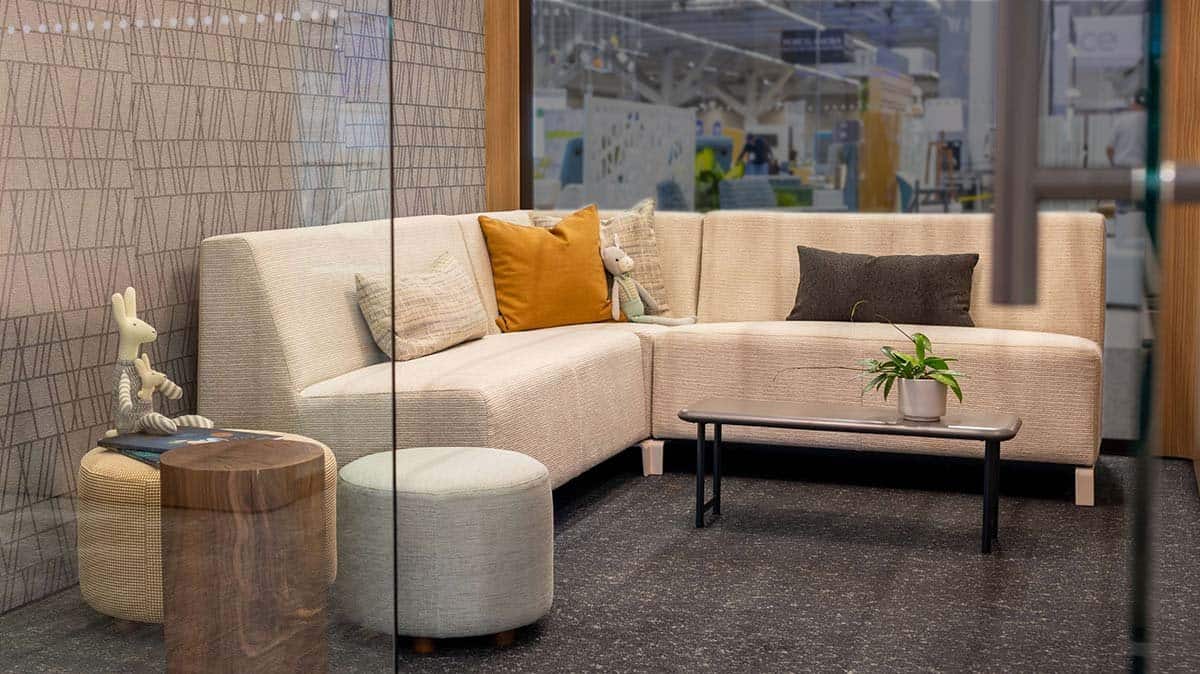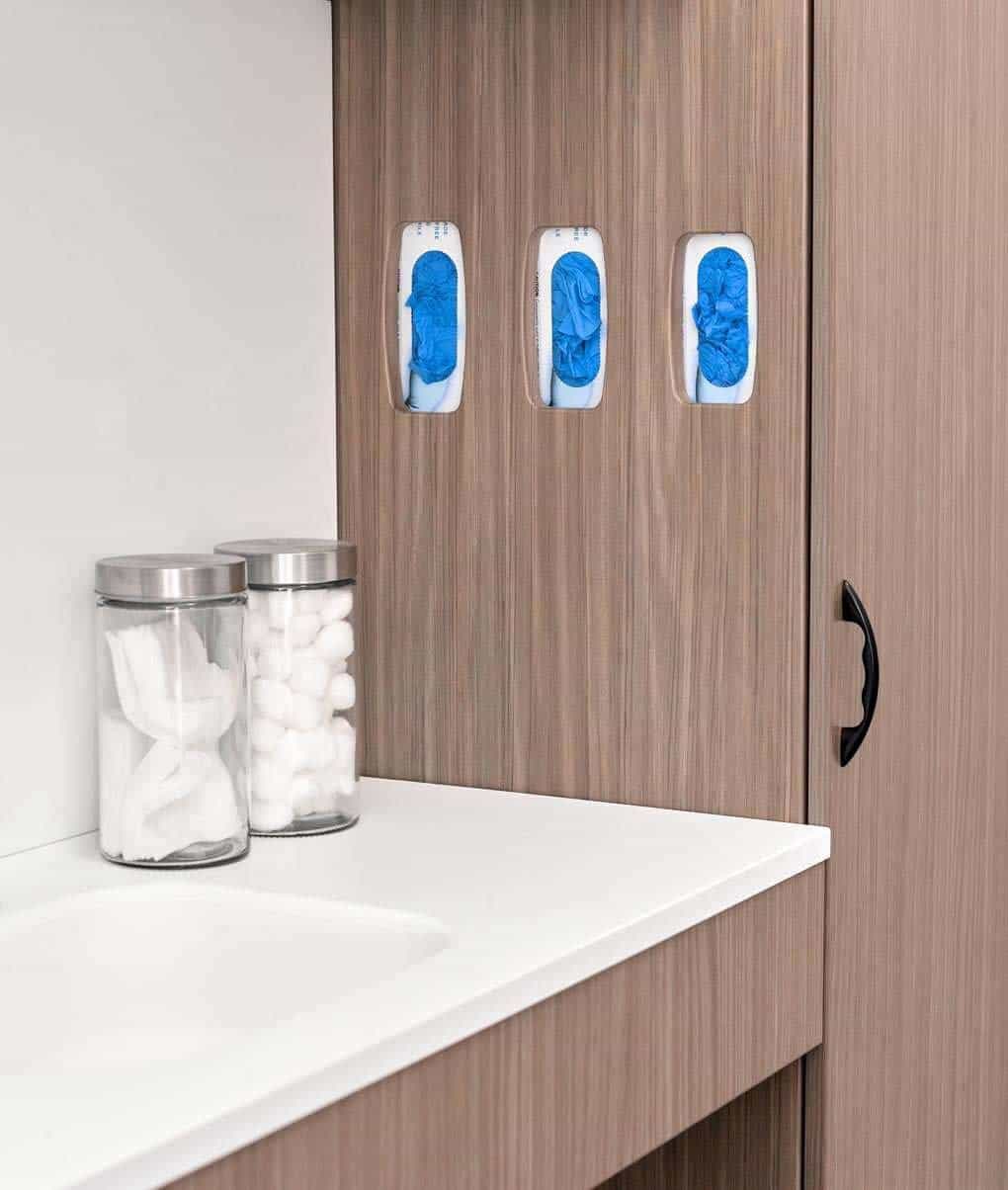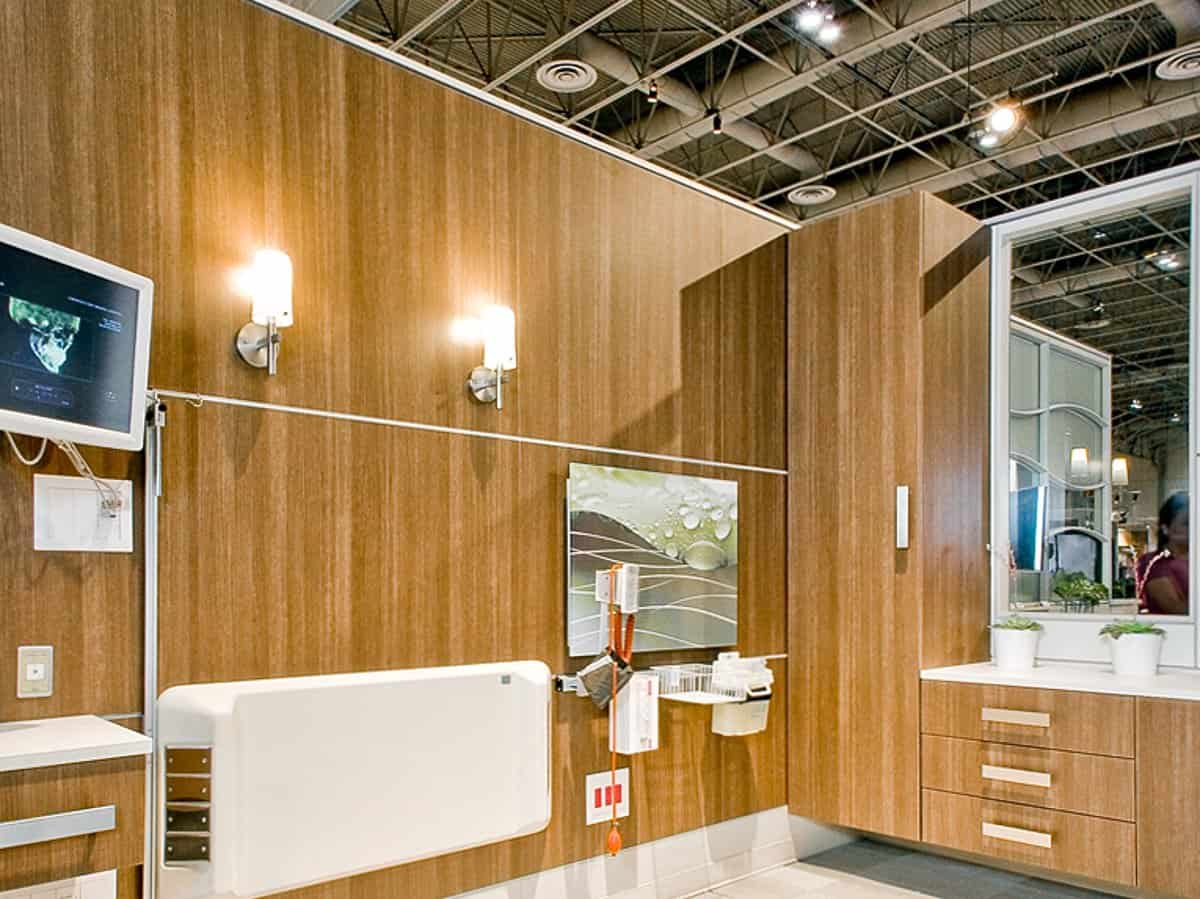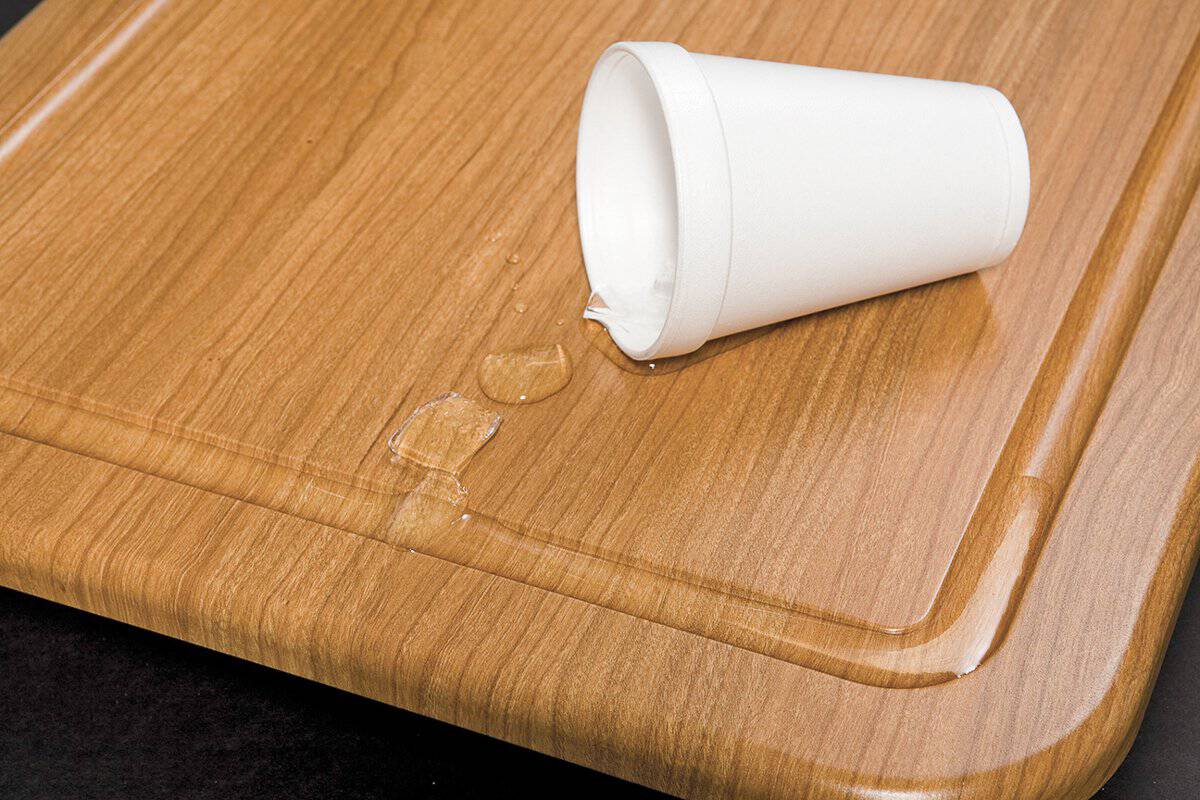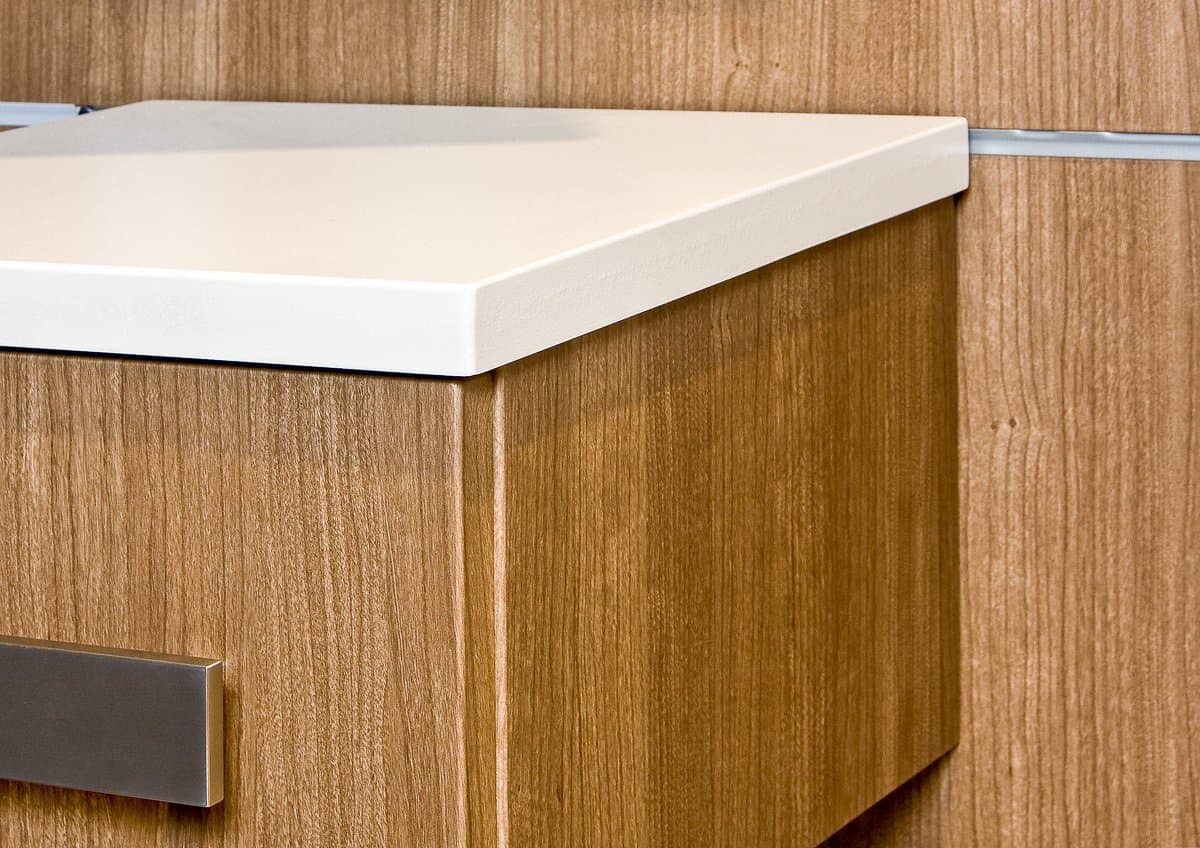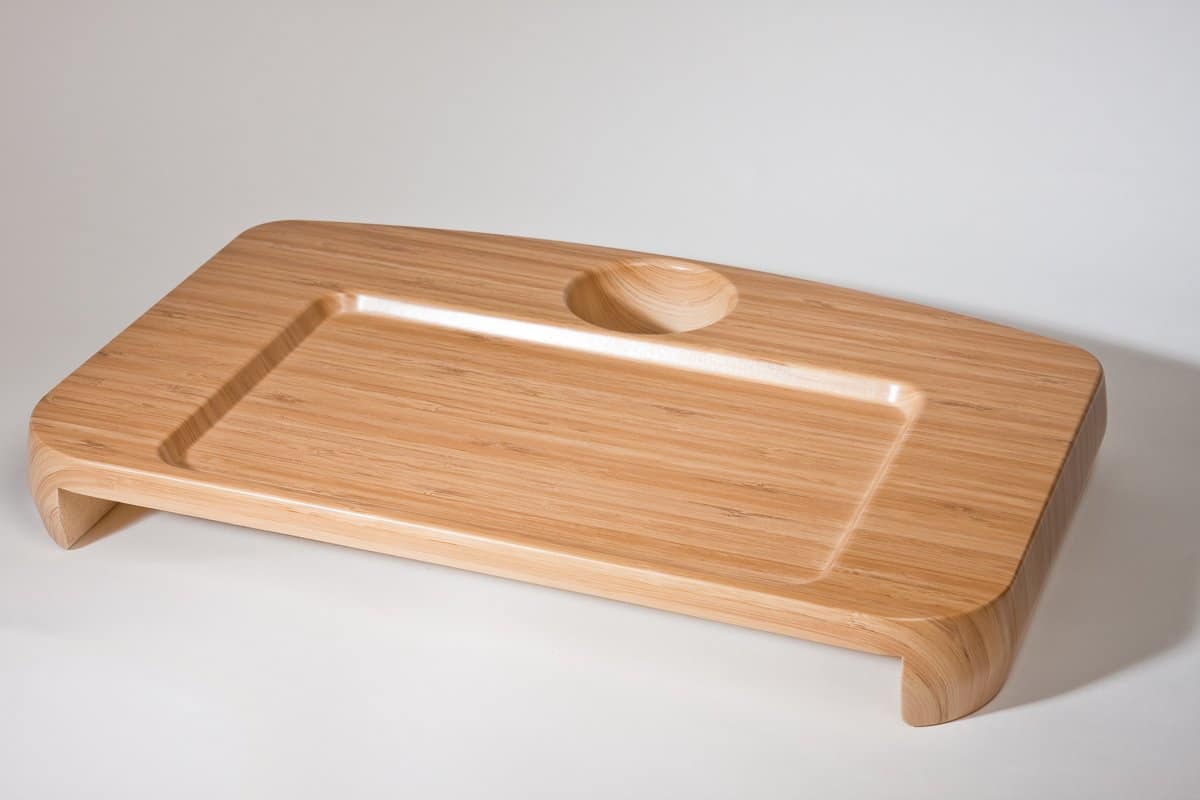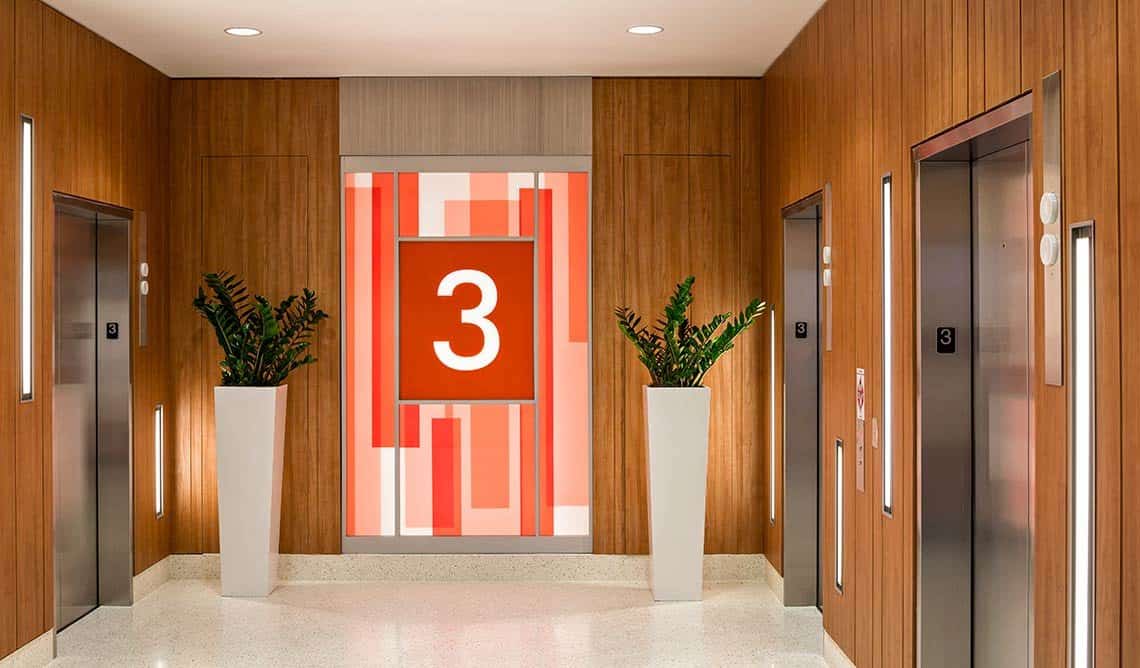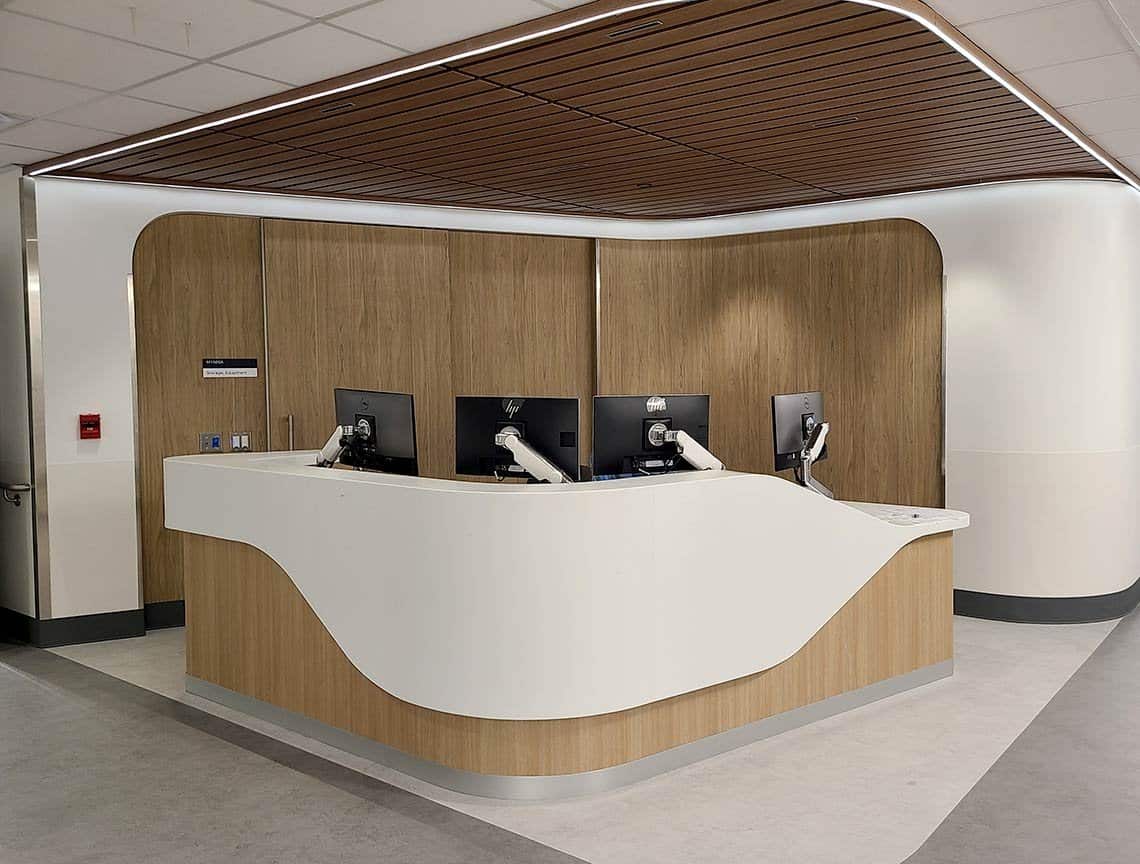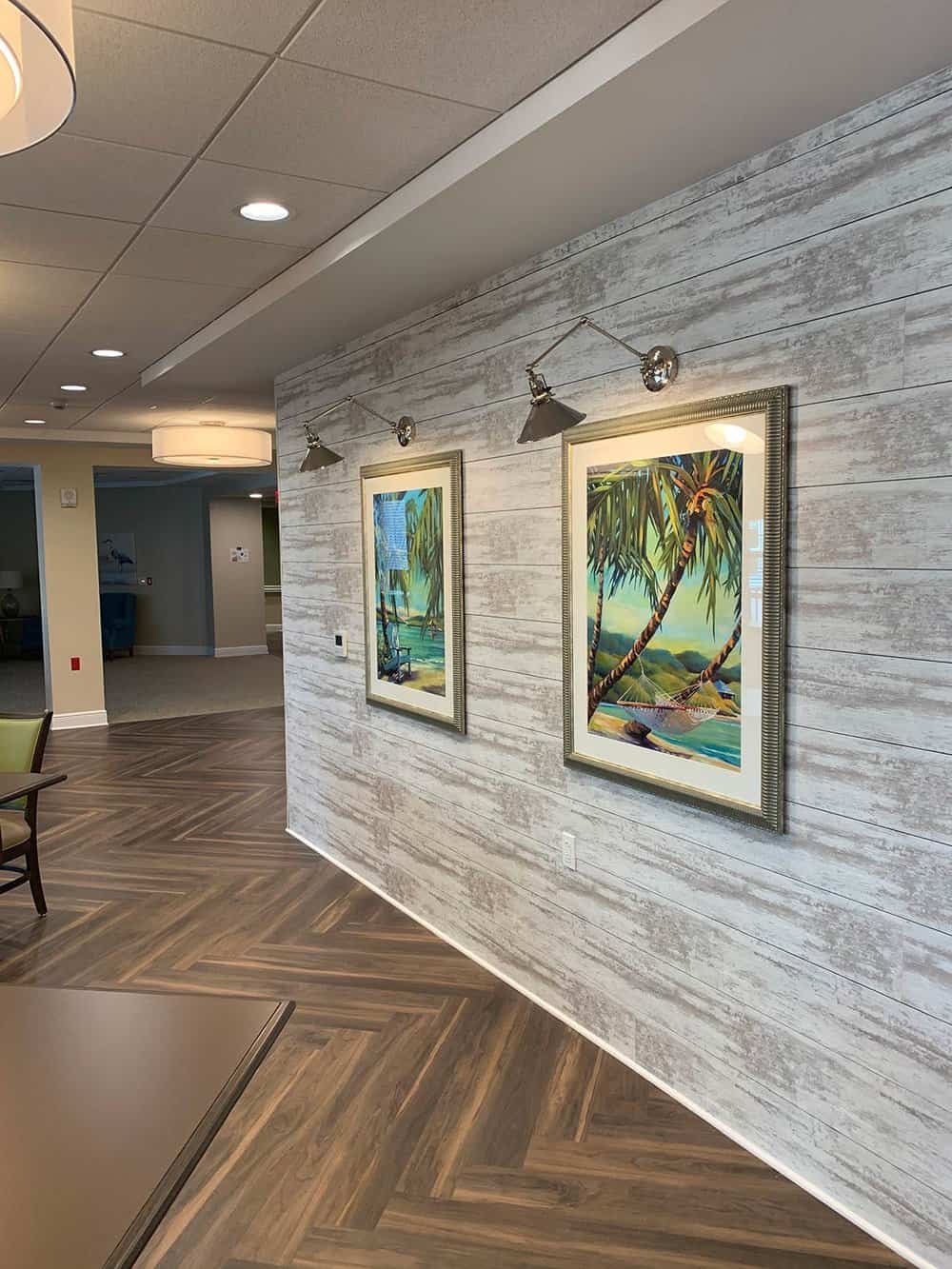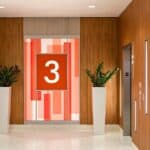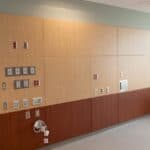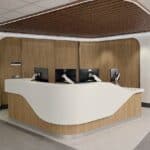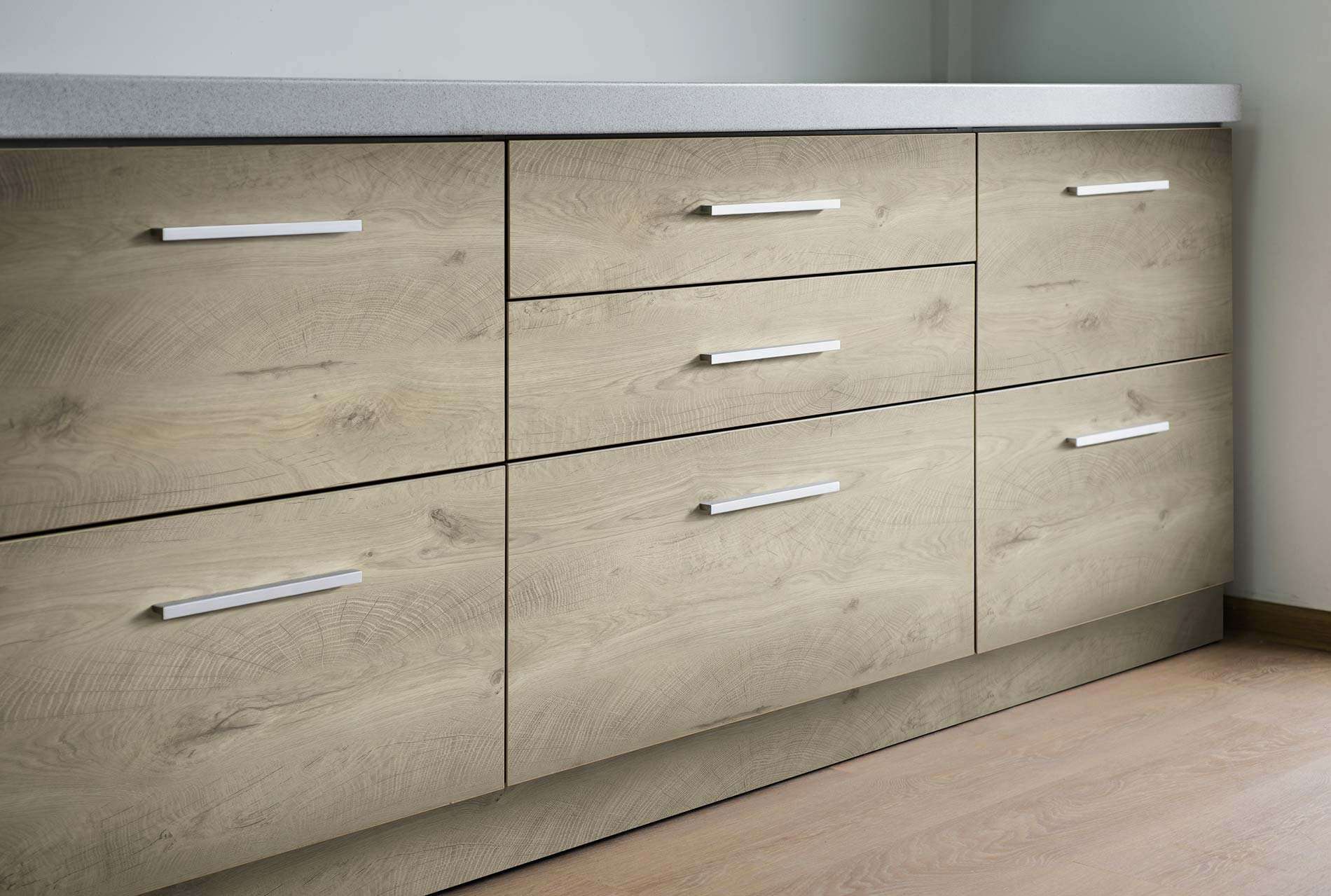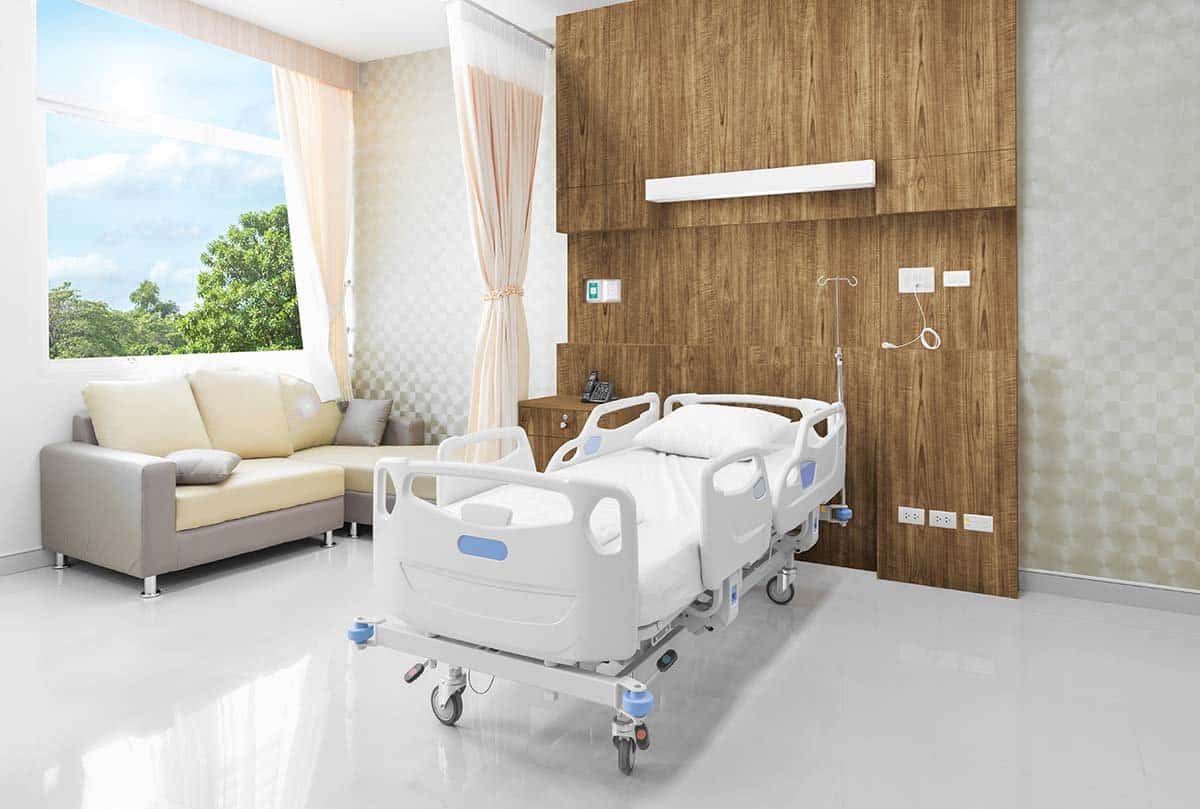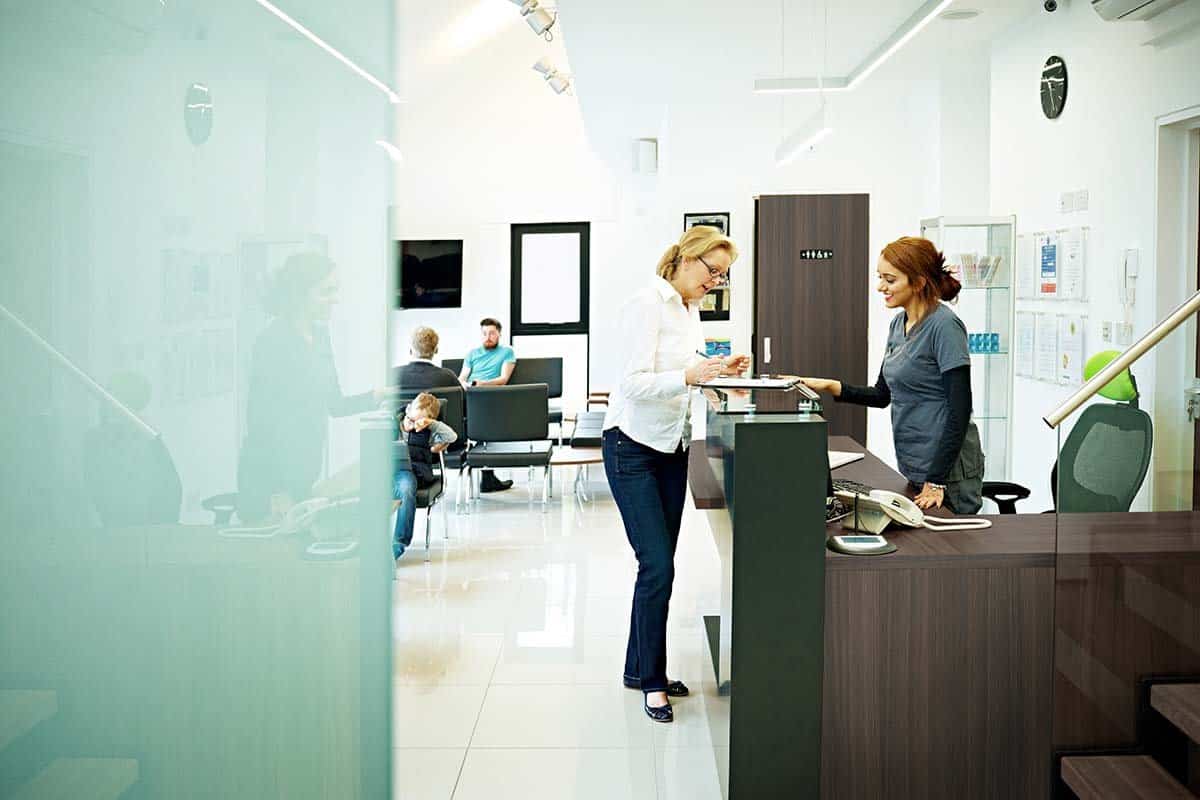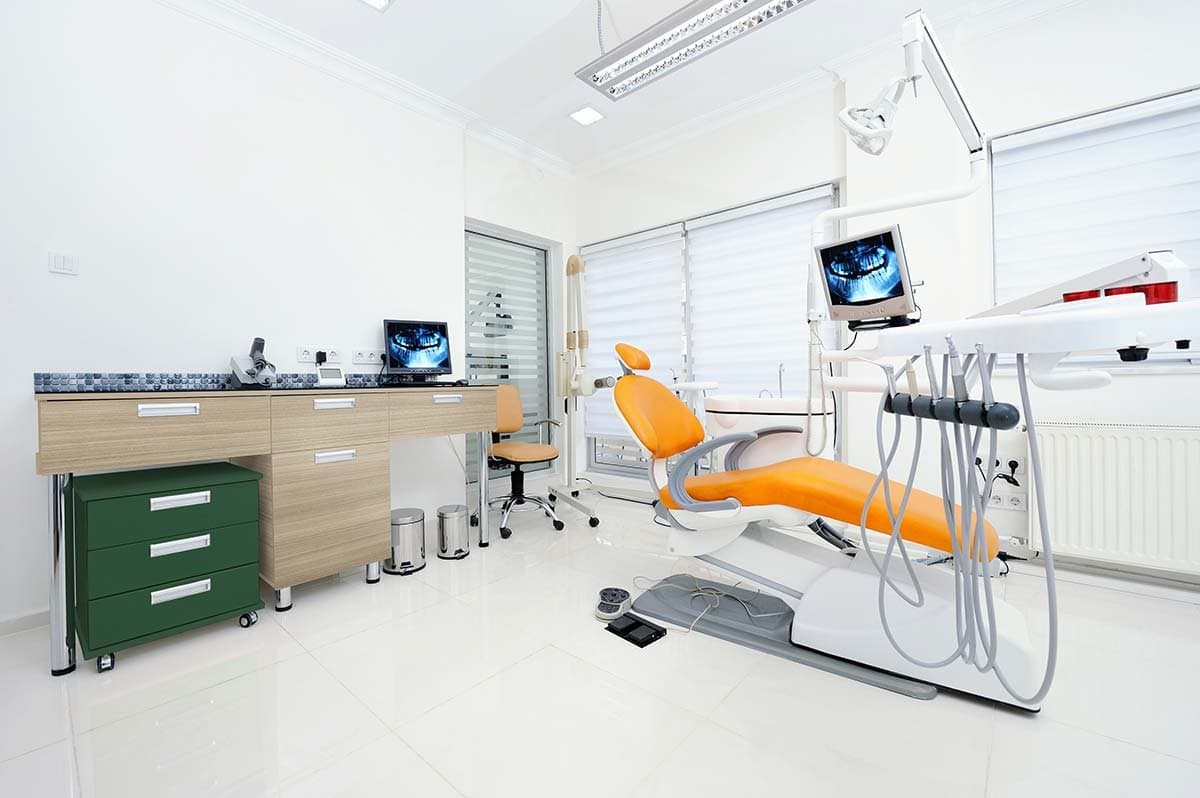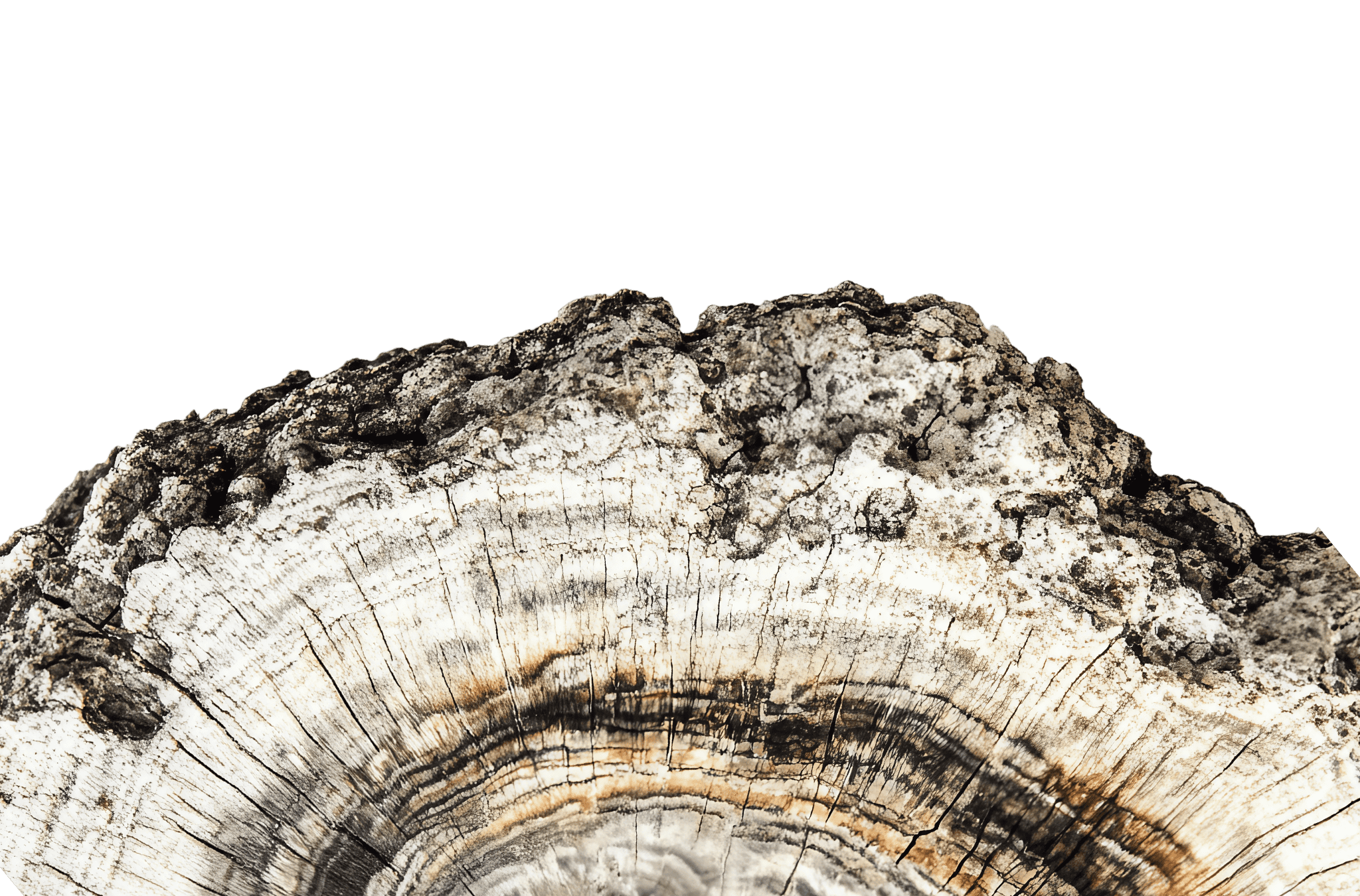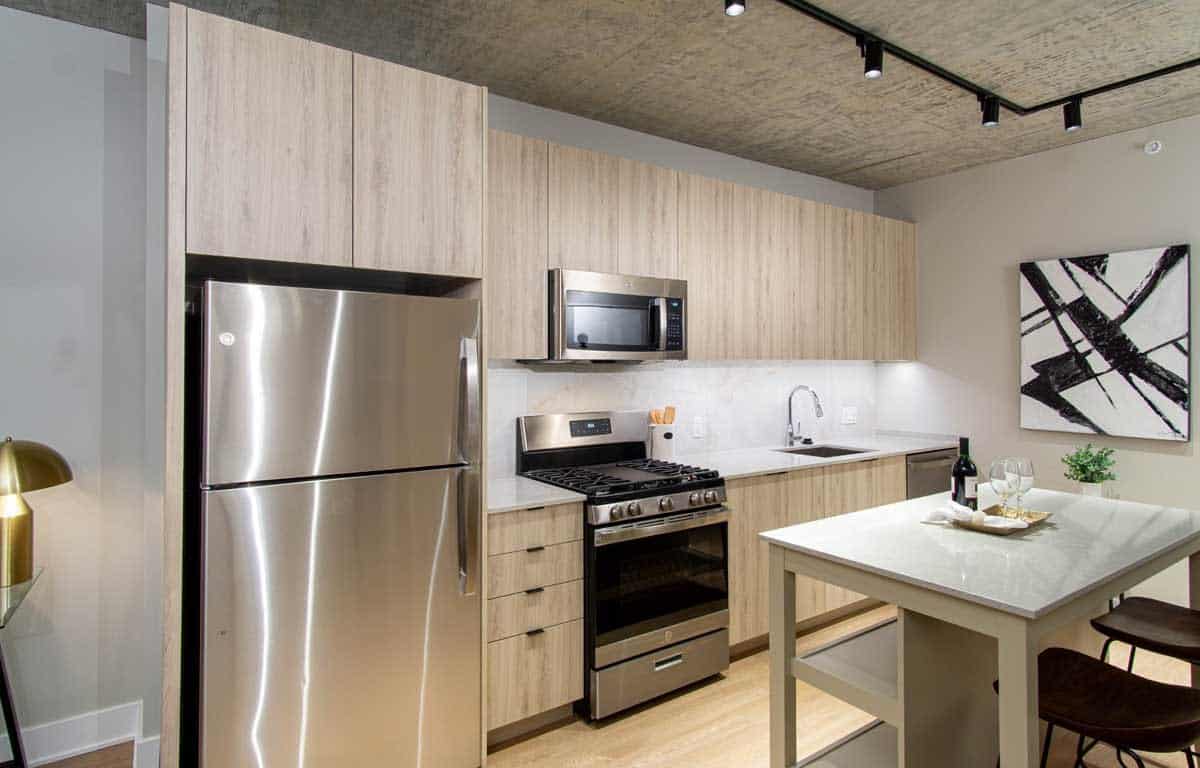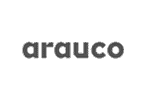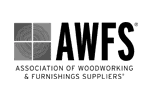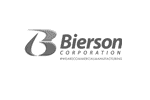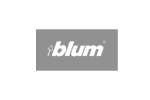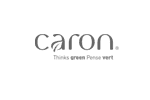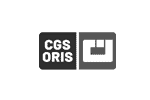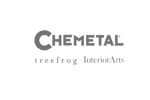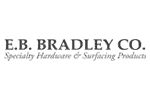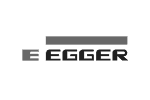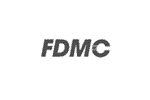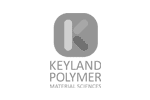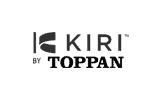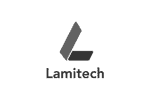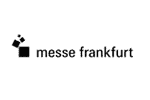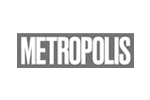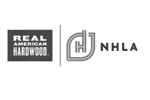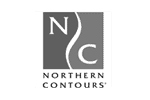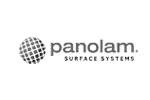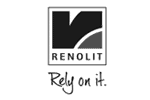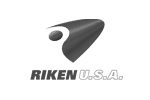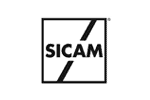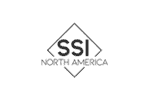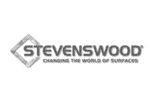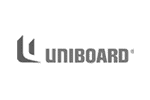Editor’s Welcome to Material IQ
This edition’s focus is healthcare, where materials are stress-tested more than in any other environment. We learn from OFS that the gap between great performance and great design is closing, leading to spaces that feel less clinical, more “homeful” (a word I just learned), meaning homey, cozy, and soothing.
We also learn from architect Suzanne Barnes that the hunt for safer, more durable, and cost-effective material solutions for senior living never ends.
And of course, we dig into the details of how to specify some of the materials mentioned in these stories.
This is our first edition of Material IQ. Later this year we’ll be exploring materiality in retail, multifamily, and hospitality design. Thank you to the sponsors who made this possible, Riken USA, SSI North America, JB Cutting, and Uniboard; and to the thought leaders who participated: Carolina from OFS Brands and Architect Suzanne Barnes.
We’re glad you’re here!
Kenn Busch, Editor, Content Architect
‘Sensory Touches’ in Healthcare, from OFS and Carolina
Among the many things designers of healthcare and senior living spaces must be mindful of: The impact of sometimes subliminal sensory signals. Lighting. Biophilic elements. Sound. Even smell.
“I’ll give you a great example,” says Lauren Morgan, Brand Manager for Carolina, OFS’ healthcare and senior living furniture division. “At the last Healthcare Design Conference we had these individual waiting spaces, and we wanted to tell a story around having more privacy, especially with the pandemic and people wanting to feel safe in confined areas.
“There’s been a lot of research recently around ‘sensory touches,’ focused not only on the products themselves but also about the feeling you get when you walk into a room, what you hear, what you see, what you smell. So we added a sensory touch to each room. One room had a ton of plants in it to tell the story of biophilia, so you picked up an evergreen smell, but there was also the sound of a forest. This has been proven to have a calming effect on both visitors and patients, because it not only transports you to another place mentally; it also masks the normal sounds and smells you encounter that can add stress to your situation.
“So it’s not just about the products and the materials, it’s about how you feel within that space, and how we can improve that experience,” says Morgan.
In zones without fragrant plants, essential oil diffusers are used out of sight, and the same attention is focused on lighting and subtle sounds. Morgan says some of these sensory touches will translate to senior living as the company invests increasingly in serving that market.
“The lighting, the biophilia, and creating a homeful feeling are also important for making clients feel safe and at peace in these spaces.”
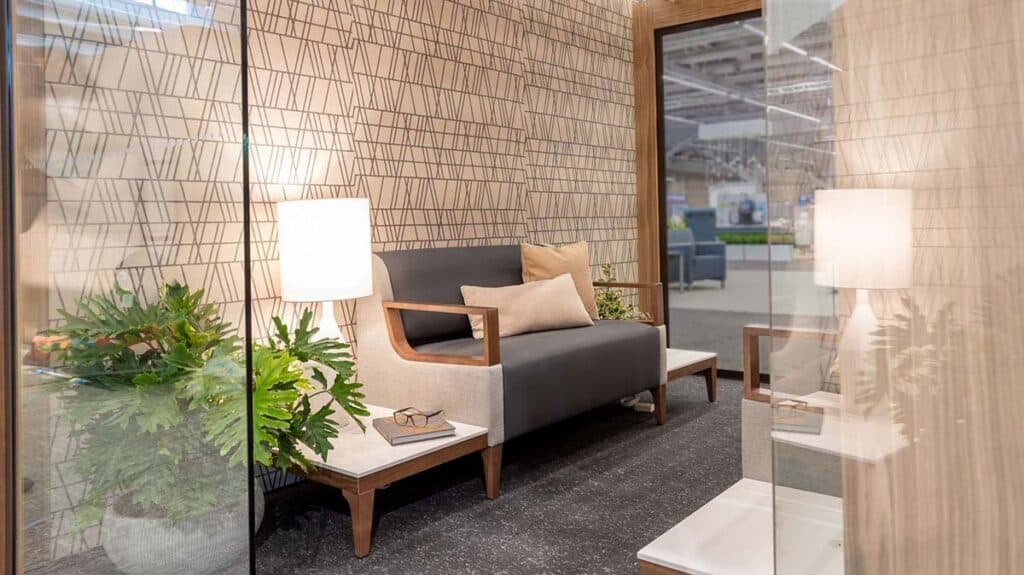
Cleanability
Another important goal for both settings is, of course, specifying materials that are easy to clean and keep clean. OFS has done extensive research in this area as well, and shares the results of an in-depth “24-Hour Cleanability Test,” detailing how every material and finish the company offers responds to 17 different cleaning reagents.
“With this handy report I can ask a health system, ‘What kind of cleaners do you use?’ Depending on the answer I can steer them toward products and finishes that tested best with those reagents,” says Cydnee Schaefer, Healthcare Category Manager. “But we also have to think about whether it’s being cleaned properly, and are they following the recommended steps, which includes a water rinse after using the harsh chemicals. I hate to say it, but this rarely happens. People don’t know they’re supposed to wipe that surface down with water shortly after using these cleaners.
“There’s always a concern around following recommendations with using certain cleaners, and whether people understand how harsh some of these cleaners are on different materials.
“In a way, we’re reverse engineering from the kinds of cleaners a certain healthcare system uses in their facilities,” says Schaefer. “Environmental services orders the same reagents for every facility in a system, so we’ve found this to be a good approach.”
Materiality in Healthcare
While upholstery and fabrics in healthcare are generally well understood, recent innovations in furniture and surfaces require further education for many healthcare systems.
Carolina uses 3DL (3D laminates), often combined with TFL (thermally fused laminates), on many of its trays, worktops and wall elements. You can learn more about these materials below, but in brief:
- 3DL is a decorative thermoplastic overlay, usually PVC or PET, that is laminated to a carved or shaped substrate, usually MDF, to create a seamless, 3D surface.
- TFL is a decorative surface much like HPL, except that it is thermally fused directly to the faces of a particleboard or MDF substrate without glue, creating a decorative panel that often imitates solid or wood veneer.
- 3DL and TFL both carry high-fidelity visual designs and textures, and are often used in combination – 3DL on the face, TFL on the back – to give the effect of wood panels.
- Real wood is sometimes not applicable in healthcare priority zones, so Carolina uses 3DL and TFL to achieve a biophilic, homeful effect that easily stands up to healthcare cleaning regimens.
“3DL gives us the ability to design soft edges or interior cutouts for things like glove boxes or waste receptacles. The material is essentially continuous so we can wrap around rounded edges and create soft corners, for a surface that’s much easier to keep clean than traditional panels.”
“We’ve been using 3DL for a few years now, and we’re always looking for more applications because it is a great solution in healthcare settings,” says Morgan.
“It’s a standard on our overbed table, with a spill groove shaped into the panel, and we use it on our ‘Stray’ mobile table, with a 3DL top and poly cubby underneath,” says Schaefer. “It’s a portable nurse’s table for a laptop or other items with applications that can extend past healthcare to other markets.”
“3DL is great for things that are smaller scale, like the mobile table, and for the drop tables that are attached to our recliners,” adds Morgan.
Schaefer says while solid surface is still the preferred choice around sinks and wet areas, in many other priority and infection-control zones the 3DL/TFL combination is replacing it as a warmer, more cost-effective alternative that still stands up to medical-grade cleaning.
Toward a More Homeful Feel / Positive Impact
Healthcare interiors are certainly heading away from such an institutional feel. Bringing in warmer elements that feel less like an institution and more like a place, is a more calming and less disorienting direction.
OFS and Carolina are pioneers in sustainability leadership, and are proud that the composite wood-based substrates in TFL and 3DL are Climate Positive materials because they actually sequester more carbon that is released in their production and use. The company is a supporter of ClimatePositiveNOW.org, where you can dig deeper into carbon capture and sequestration in building materials.
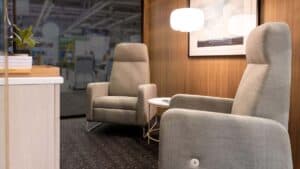
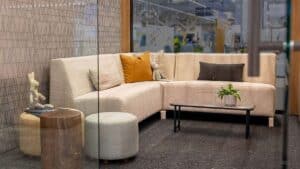

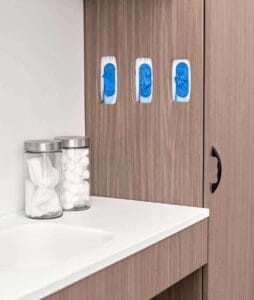
Suzanne Barnes Specifies for Value and Safety in Senior Living
Architect Suzanne Barnes is based in Florida and specializes in healthcare and senior living, but her influence extends far and wide. She’s known for doing deep-dive studies into the long-term return on investment for things like rubber flooring in hospitals. (Spoiler alert: rubber flooring is more expensive up front, but after 15 years of care and maintenance its true costs are between half and one third that of other flooring options.)
Barnes was also a pioneer in the use of LVT flooring in healthcare.
“‘No-finish vinyl,’ a precursor to what we now call LVT, was a big improvement over standard sheet vinyl in durability and design. The great wood flooring looks opened up a palette that helped us create much nicer healthcare environments.”
Barnes’s hunt for practical material solutions is ongoing, as she recently shared with Material IQ.
“Spills are always a concern in healthcare and senior living, things like food, coffee, blood and other fluids,” says Barnes, “so the flooring needs to be able to hold up and look good, while also avoiding tripping and slipping hazards, and being as safe as possible in the event of falls.
“This is why I’m really excited by a new ‘fuzzy vinyl’ floor I’ve discovered from Forbo, called Flotex. It’s solid vinyl but the surface is flocked, not smooth, so it’s more slip-resistant, it’s much softer feeling than a standard LVT, and it absorbs more sound. So it gives us some of the benefits of carpeting, but it’s much, much easier to clean and maintain over time. I think this is an amazing product for healthcare, and especially senior living. It’s probably a little more expensive than some of the standard floors, but if after 10 years it still looks good and doesn’t pick up smells, it’s more than worth the investment.”
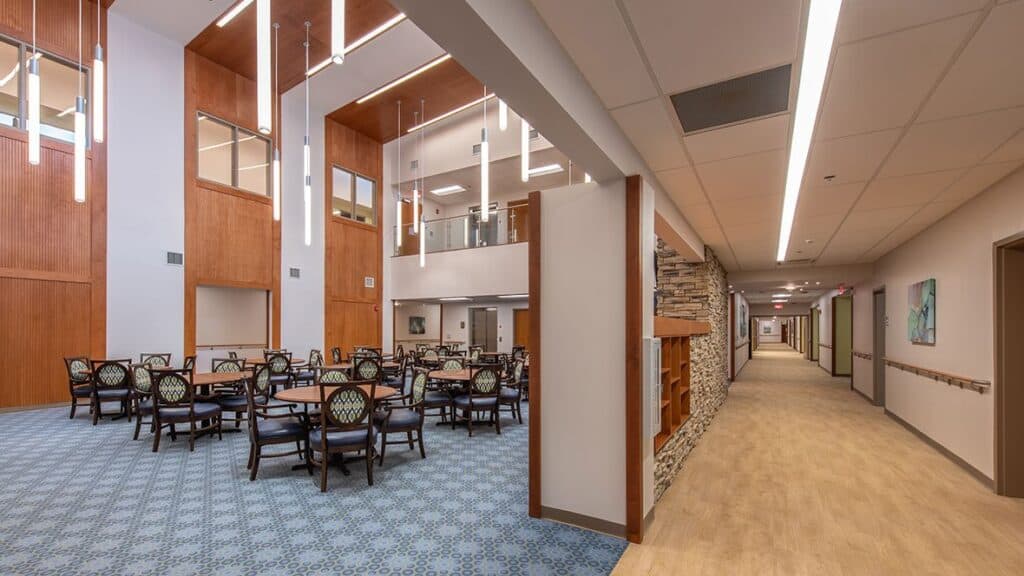
Another material that has Barnes excited are Monarc large-format panels from 3A Composites. They’re composed of layers of aluminum and mineral core and digitally printed with organic or geometric patterns, light weight, robust, and easily worked.
“It’s a really interesting engineered material that’s marketed for showers and walls, but I think it would be a great solution for retrofitting countertops as well,” says Barnes. “It’s much lighter, less expensive and more sustainable than real stone, and you can install it right over an old laminate countertop, saving time and avoiding the mess, which is very important in senior living facilities that need a refresh. It’s very tough, and you don’t have to deal with grout lines.
“With healthcare and senior living facilities, especially in Florida, you’re basically building cities,” says Barnes. “It’s important that the spaces we design are safe, that the materials will hold up over time, and that they’re pleasant, welcoming, and clean.”
“Bringing all of these factors together has been a passion throughout my entire career, but as members of my own family are entering the ‘senior living’ market, it’s becoming even more personal.”
Material Focus: Specifying 3D Laminates
Bringing a Warmer, Softer Touch to Healthcare
3D Laminates are also known as: 3DL, thermofoils, rigid thermofoils (RTF), decorative vinyls, vinyl foils
3D laminates are unique in that they can seamlessly surface five of six sides of a shaped MDF panel in a single processing step, creating a decorative face that resists damage, contamination, and moisture, and facilitates commercial-grade cleaning.
This unique combination of design flexibility and durability is why companies like OFS Brands use 3DL throughout their Carolina healthcare and senior living products.
You can get a full rundown on 3DL in this Material Guide, but here is what matters for healthcare environments:
- Seamless, void-free coverage facilitates ease of cleaning and minimizes voids that trap liquids and bacteria
- Resistance to chemical and cleaning reagents
- Designs include realistic woodgrains and textures, stones, solid colors, gloss and matte textures, and matches to complementary materials like TFL and HPL
- A less expensive alternative for solid surface and molded plastic components
- PVC and PET options are available
How to Specify 3DL
For designers, 3DL materials are usually specified on finished components with MDF cores. In other words, while you might select designs directly from the materials suppliers, you’ll actually buy the finished furniture components and millwork from 3DL laminators like JB Cutting (see below).
Often 3DL components are already engineered into cabinetry and millwork, so it’s important to connect with those vendors to confirm that their surfaces are compatible with your clients’ cleaning regiments.
Featured Suppliers of 3DL and 3DL Components
SSI
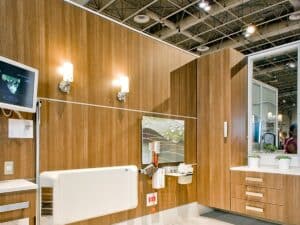

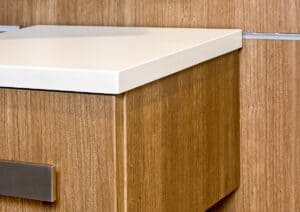
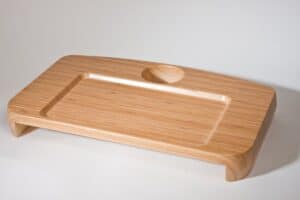
Surface Source Int’l. (SSI) supplies select 3DL materials commonly used in healthcare, commercial, retail, and residential applications.

“Technically we’re a distributor, but we really operate as a partner with design firms that are sold on the design and performance of 3DL but aren’t sure how to start using it in their projects,” says SSI’s Greg O’Connell.
“A big part of what we do is introducing designers to the material, educating them on where it excels in different applications and settings…as well as where they shouldn’t use it. Part of this is showing them the test data on how well the material stands up to common cleaning reagents used in healthcare, as well as how it resists stains from things like betadine. Another part is sharing our certified CEU presentation with designers and architectural firms.
“We offer smaller minimum orders as needed, and can connect designers with high-quality laminators all over North America that will convert our materials into finished healthcare components and millwork.
“This is often the biggest challenge with 3DL: Designers see the potential and love it, but don’t know where to go to actually get it on the elements that they envision. We can help with that.”
Check out SSI’s Look Book here.
RIKEN USA
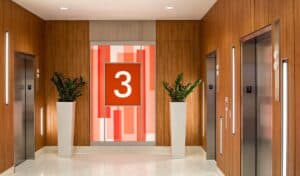
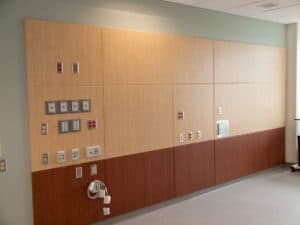
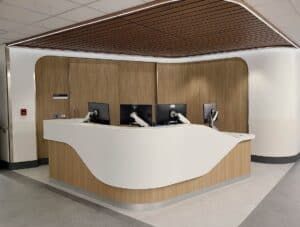

Riken USA imports a range of 3DL materials from their manufacturing facilities in Japan, and specializes in high-quality materials and matching colors and designs for clients of all sizes.
“Anything you can draw or design can be made with 3DL,” says Mia McCaleb of Riken USA. “Designers need to know they have the flexibility to say, ‘This is what I want!,’ and we will work with our laminating partners to figure out how to do it…at a lower cost, in terms of budget and sustainability, than most other options.”
“Much of what we do with Riken’s 3DL in healthcare is wall-protection sheet material, replacing extruded plastic sheet materials like Acrovyn and Inpro,” says Mike Anderson, VP of Sales and Marketing for SpecTrim Building Products in Bensalem, Penn. “It’s a much more streamlined solution than traditional wall protection and standard laminates, and designers like that it lets them create nicer, more inviting spaces.
“We think that as more designers understand the practical advantages of 3DL, and see the range of woodgrain and other designs they now have access to without sacrificing performance, we’re going to see more and more of this material in healthcare.”
See examples of Riken’s 3DL in use here, and take their CEU here.
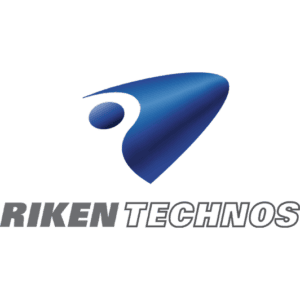
JB CUTTING
Christina Relyea, from component manufacturer JB Cutting, agrees that healthcare design could be making more use of 3DL, and TFL.
“We see the growing range of really nice designs and textures moving the needle,” she says. “3DL is usually paired with TFL on the back of the panel, and it’s important in cabinet doors that the front and back match or complement each other. Suppliers of both of these materials are doing an incredible job coordinating designs, especially with woodgrain looks and textures.
“Many of our healthcare clients want to design spaces that feel more welcoming,” say Relyea, “which means replacing clinical colors with more wood looks.
“Of course, you can’t use real wood or veneers in healthcare; it would never survive the abuse and cleaning. 3DL solves those problems, looks amazing, allows designers to be more creative, and almost always saves money.”

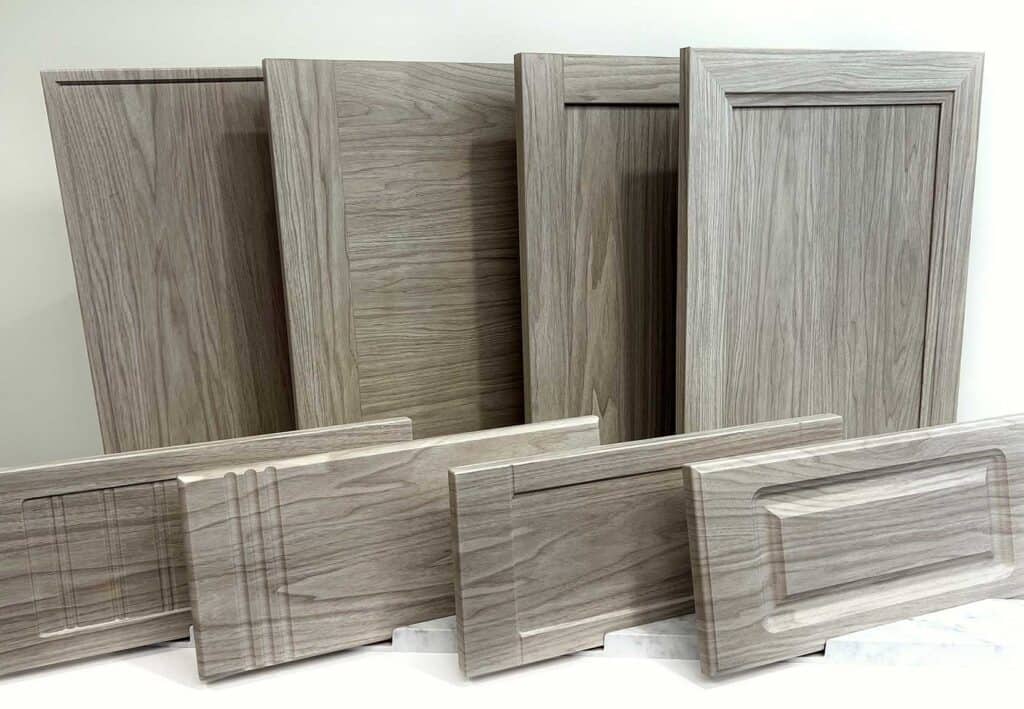
Material Focus: TFL
Durable, Realistic Woodgrains
Also known as melamine decorative panels, TFM (thermally fused melamine)
TFL has grown in popularity in the last decade thanks to its incredibly realistic woodgrain designs and textures, but it’s also available in a wide range of solid colors. While durability is comparable to HPL, TFL is more efficient to manufacture and more cost-effective.
In healthcare, TFL is often found on the reverse side of a 3DL surface—on doors, and in drawers, millwork, nurse’s station worktops and overbed tables.
You can dig much deeper into TFL in this Material Guide, but here’s what you need to know about using it in healthcare:
- The durable surface is thermally fused to one or both faces of the particleboard or MDF core as the panel is manufactured
- Durable edgebanding is required complete the panel for use in healthcare, except when the TFL panel is mated with a 3DL surface
- You can clean TFL just as rigorously as HPL
- TFL is one of the most Climate Positive decorative materials you can specify
How to Specify TFL
TFL is commonly used in all kinds of OEM commercial furniture and millwork, so you’re probably already using it. But it’s important to be aware of its basic properties, above, and to ensure your vendors are finishing the edges of flat panels (versus 3D laminated components) with high-quality edges for maximum durability.
TFL is also sold widely through distributors that can also help you mate it with matching materials like 3DL.
Featured Suppliers of TFL
UNIBOARD
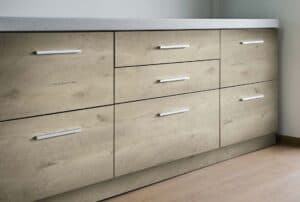
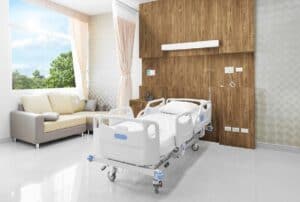

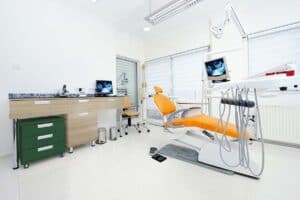
Uniboard produces raw composite wood panels, decorative TFL panels, and now HPL for the North American market.
“Our decorative TFL surface on MR50 MDF is a moisture-resistant, no-added-formaldehyde solution for commercials spaces, and a great choice for healthcare, senior living, and any environment where durability and cleanability are critical,” says Uniboard’s Ariane Bouchard.
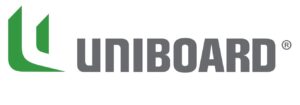
“Uniboard’s decorative TFL and HPL surfaces are non-porous, making them an inhospitable environment for microorganisms to grow and live. They’re easy to clean and disinfect repeatedly without damaging their design, beauty, or performance.”
“These materials also meet the BIFMA HCF 8.1-2014 standard for healthcare furniture design guidelines for cleanability,” says Bouchard. “With Integra by Uniboard, a complete co-product program ranging from edgebanding and moldings to five-piece doors, building functional and on-trend projects has never been easier.”
Riken USA recently announced a new design matching program for TFL-3DL coordination in high-demand environments.
As a bonus for designers, Uniboard leads the industry with its new Digital Sample Box and high-resolution digital color and pattern files for 3D design software. By providing complete digital access to full-size, ultra-realistic quality samples, this revolutionary tool makes it possible to virtually select and present all of Uniboard products. Explore Uniboard’s Digital Sample Box.
The company also offers excellent CEUs on TFL and its Climate Positive properties.
